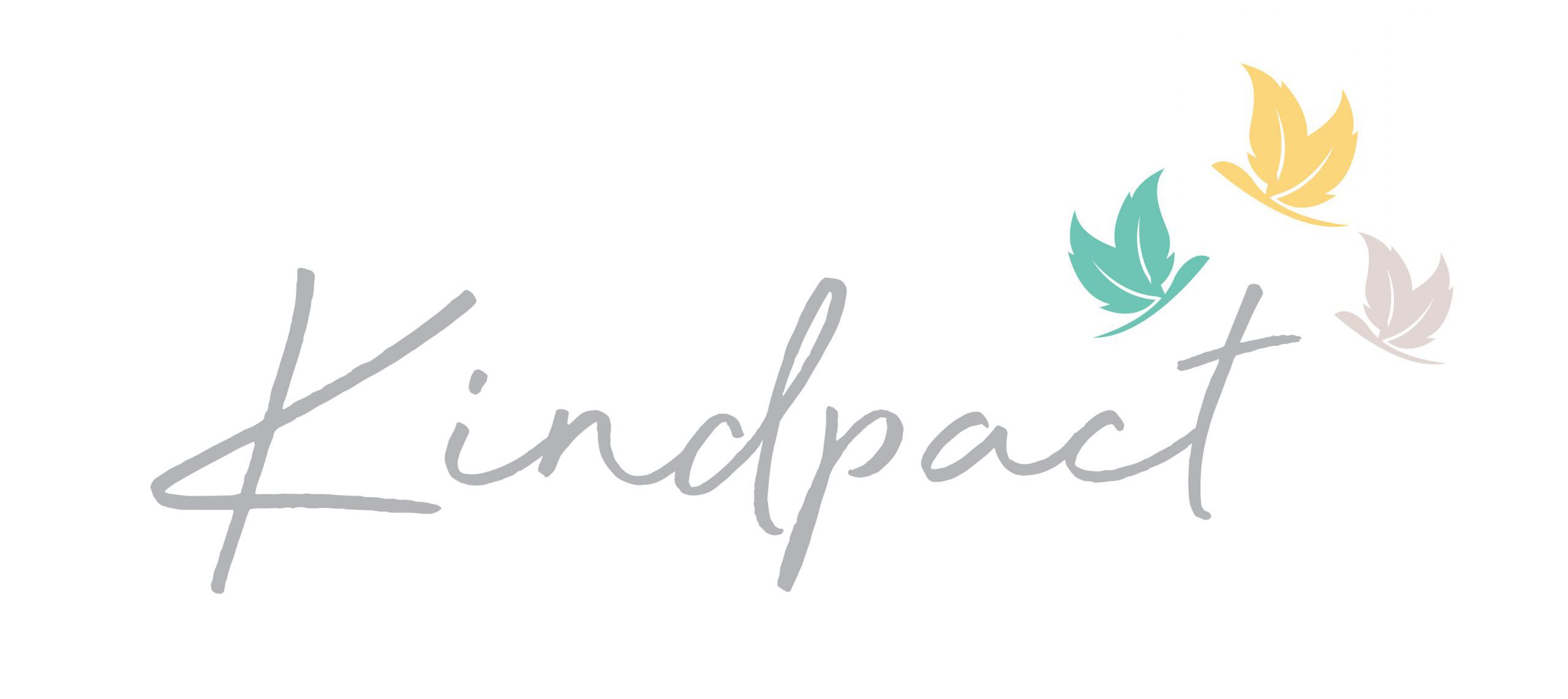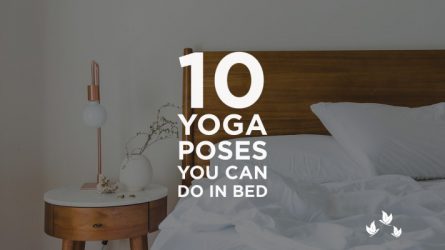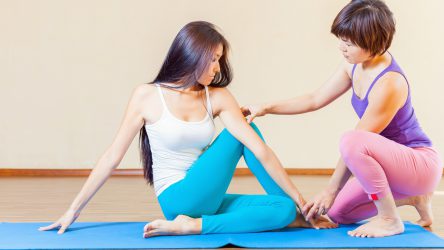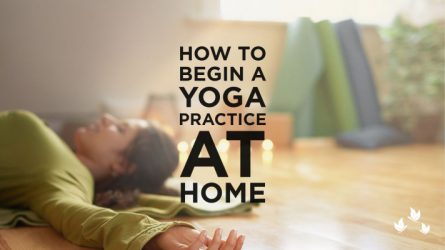You were born with the ability to use your muscles to their maximum capacity. This means that as a child, you could effortlessly fall into a split, raise yourself into a handstand and fold over in a perfect half. But if you’re unable to do those things now, it’s probably because your lifestyle has caused your muscles to re-adjust to a limited range of movement. As we enter adulthood, our tissues lose a lot of their moisture content. Unless we regularly stretch and move to boost the production of tissue fluid, our muscles will gradually dry out and become rubbery and inelastic. Yoga asana is an effective way to bring your body back to its natural state of openness.
How does yoga promote flexibility?
Develops strength along with mobility
All forward folds and hip-openers in yoga operate on the principle of opposition. For instance, when you are in Paschimottanasana, your hamstrings are releasing and extending while your quadriceps are being strengthened. If you only stretch without developing strength in your muscles, you are likely to overextend and injure yourself. Strength training protects the integrity of your joints while increasing the rate at which your muscles lengthen. Thus, yoga is an intelligent, holistic method to develop the range of your mobility.
Bridges the gap between the body and mind
We often forget the role that our mind plays on the body’s capacity for movement. When you enter into a forward fold, a good yoga teacher will remind you to relax the muscles being stretched, surrender and breathe. Often the pain that comes with tight muscles can cause us to tense up and resist the opening being offered by the pose. But if you stay in the pose for long enough, and consciously surrender to the discomfort, you will find that you go far deeper into the pose than you thought possible. This is the power that mind control has on your body. Unless you work on your mind during your yoga practice, you will not be able to unlock the subtle gifts of this ancient technique.
Harnesses the power of the breath
When you bring your focus on the breath during an uncomfortable posture, it stimulates the parasympathetic nervous system, deactivating your stress response. This allows you to surrender deeper into the pose and stretch deeper layers of your tissue and muscle. The breath is the bridge between your conscious and your unconscious mind. You breathe unconsciously most of the time but during yoga, by making your breath conscious and at the forefront of your attention, you can become aware of unconscious habits that are trying to resist your body’s transformation.
Benefits of flexibility
Improves athletic performance
Rigorous physical training in the form of running, strength conditioning or sports can leave the muscles very tight and sore. Unless athletes supplement their training with a flexibility and mobility routine, it will leave them more susceptible to injury. Flexibility can in fact increase an athlete’s range of motion making them more balanced and nimble. Yoga has been found to be more effective than other forms of stretching to promote flexibility and balance. This is likely to be because of its ability to develop an awareness of the breath and control of the mind.¹
Reduces chronic pain
If you have chronic lower back pain, it’s likely to be caused by tight hamstrings and hips. When the hamstrings are inelastic, they pull down on the pelvis, causing lower back pain. If the tightness persists or gets worsened by prolonged periods of sitting or bad posture, then it develops into chronic back pain. Practicing Yoga daily will oxygenate the muscles, restore deprived nutrients and promote flexibility which will reduce pain in the back.²
Improves cardiovascular health
Studies have found that a flexible body is less prone to age-related arterial stiffening than an inflexible one. Arterial stiffening is a cause for various cardiovascular diseases and compromised circulation in the body. Yoga opens up the blood vessels in the muscles, causing efficient circulation and oxygenation in the body.³
Finding the right yoga style for you
So if you’re convinced that becoming flexible is one of the best gifts you can give yourself, you may be wondering where to start. There are so many styles of asana and if you’re a beginner, it can get quite overwhelming to decide. Here’s a brief guide to help you find the best yoga style based on your needs.
- Ashtanga Vinyasa/Vinyasa Flow: Both these styles are perfect if you are healthy but want to work on improving your strength and flexibility in order to perform more advanced poses. Both practices are dynamic and rigorous and you will see your body change in just a few classes.
- Hatha/Iyengar: These styles are right for you if you want to work on building a strong, stable foundation. They’re good practices if you’re an athlete who wants to supplement your training and protect your body from injury and bad form.
- Restorative Yoga: As the name suggests, restorative yoga is ideal for someone who is recovering from an injury. It is the perfect way to nurse your body back to health while protecting your body from further harm.
- Yin Yoga: If you can’t or don’t want to exert yourself too much but still want the benefits of a mobile and flexible body, try Yin Yoga. It consists of slow-paced sequences that teach you how to surrender into poses. It is very effective for increasing hamstring and hip mobility and can be practiced on its own or as a supplement to any other kind of training.
- Chair Yoga: If your mobility is restricted or your lifestyle involves sitting in a chair for long periods of time, then Chair Yoga is the best way to preserve the health of your muscles and joints. Chair Yoga can boost flexibility, strength and circulation without requiring you to stand.
Stiffness and inflexibility are not natural states of our body. Our pre-modern ancestors were flexible, strong and able to exercise their full range of dynamic motion. Today, we find ourselves seated in front of screens for hours at a stretch, often neglecting our bodies. But it’s clear that our bodies have a profound impact on the state of our minds and our body functions best when it is well oxygenated, exercised and flexible. Yoga can return us to this natural, higher state of being with all the uncountable benefits it brings.
References
- Polsgrove, M Jay, Brandon M Eggleston and Roch J Lockyer. “Impact of 10-weeks of yoga practice on flexibility and balance of college athletes.” International Journal of Yoga (2016): 27-34.
- University of Iowa Health Care. Muscle flexibility, strength, endurance, and chronic back pain. April 2018. 26 November 2020.
Kawano, Kenta Yamamoto Hiroshi, et al. “Poor trunk flexibility is associated with arterial stiffening.” American Journal of Physiology (2009).



